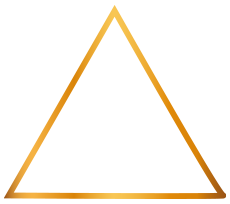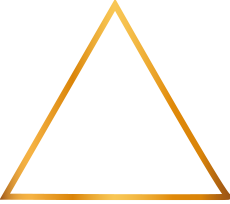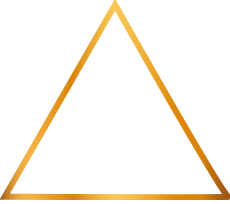NFT Deck Builders and the Future of CCGs
What is a Deck Builder?
Quite simply, a deck builder is a game that grants the player a basic set of cards and instructs them to collect new cards until you have constructed a deck that you can do cool things like fight monsters, complete quests or play against other players. Games like Ratropolis, SteamWorld Quest and Signs of the Sojourner captivated the gaming market in recent years. What is the cause of the success of games like these? Deck builders are fantastic at stimulating your creativity and strangely enough, rewarding players for making dumb things work or saying it politely, being original. These deck builders allow players to mix and match unique cards to form synergies and combos with many different possibilities leaving the realm of creativity wide open.
What makes a good NFT Collectible Card Game or Tradable Card Game?
In this article i will use some basic criteria to break down what makes a good deck building game and what to look out for:
The need for strategy is one of the highest priorities of a successful CCG/TCG as it gives the player a sense of achievement and satisfaction after solving a series of challenges posed by the contest. There’s nothing more satisfying than participating in an intense battle of wits and coming out the victor. Being able to plan ahead of time and have the thriftiness to overcome any obstacle in battle and achieve victory all while being responsible for every decision is exhilarating.
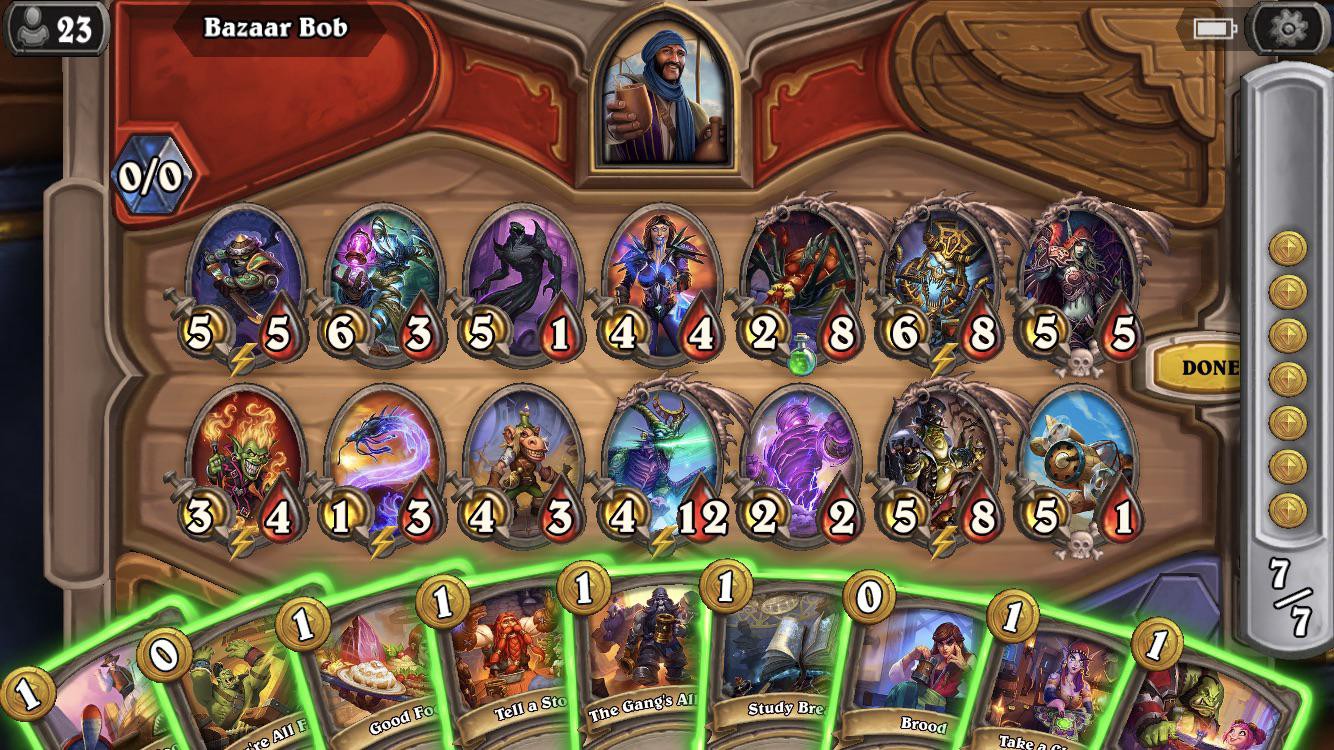
- Heartstone -
Games such as Hearthstone have made a big impact in the deck builder genre in the past two years for the strategy and auto-battle features it implies, with the in-game battles being focused on which decision you make and when you make it, along with the right combination of cards in your deck to determine if you’re victorious.
When a card has its own unique flare and functions, it brings with it unique upsides and downsides. Each card needs to have its own unique abilities e.g such as fire, water, earth or wind as a choice of elements with a combination of either an attack, defense, heal or buff skill. With each card having a unique combination of these attributes, it creates the environment for unorthodox originality.
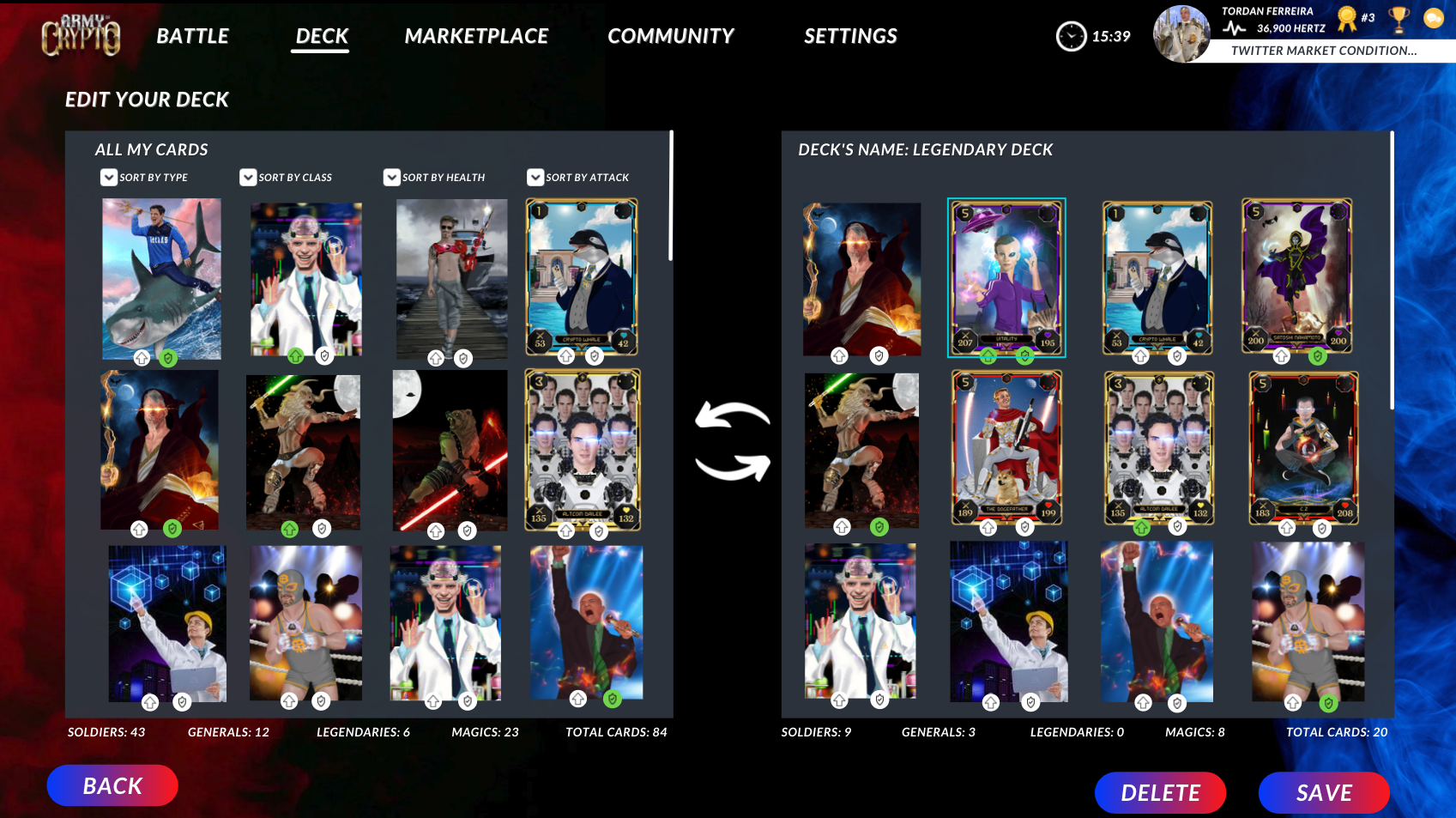
- Army of Crypto -
This is a basic example of the use of various effects, skills, magic or tactical moves to give the game a necessity for each card. Some deck builders fail to focus on originality and just strictly go for attack power or defensive power. This can leave many cards in the game undesirable and fail to maximize the full capabilities of an enjoyable CCG/TCG. With NFTs and blockchain technology, Identity has been taken to the next level. Players can now own each card using a cryptographic token to uniquely identify the asset. With NFTs and the use of blockchain technology, players also have the ability to add new cards to the game whereas on previous platforms it was limited to the developers updating the game on a centralized servers. NFT CCG,TCG has revolutionized the genre and is here to stay. Cards designed with unique mechanics and aesthetics with a story to go along with it makes it easy for the player to remember the card and have more time to enjoy the gaming experience.
In addition to giving cards their own unique mechanical theme, a fantastic way to get cards to stick in a player’s mind, as well as get them thinking of a potential use is through what they call ‘Flavour’- that is to say the aesthetic and thematic design of the cards. Magic the Gathering is great at this, and its part of the reason why its drafting mode, where you tasked with making a deck from random cards is arguably one of the oldest and most popular deck builders still around.Take this card for example, Alpine Houndmater:-
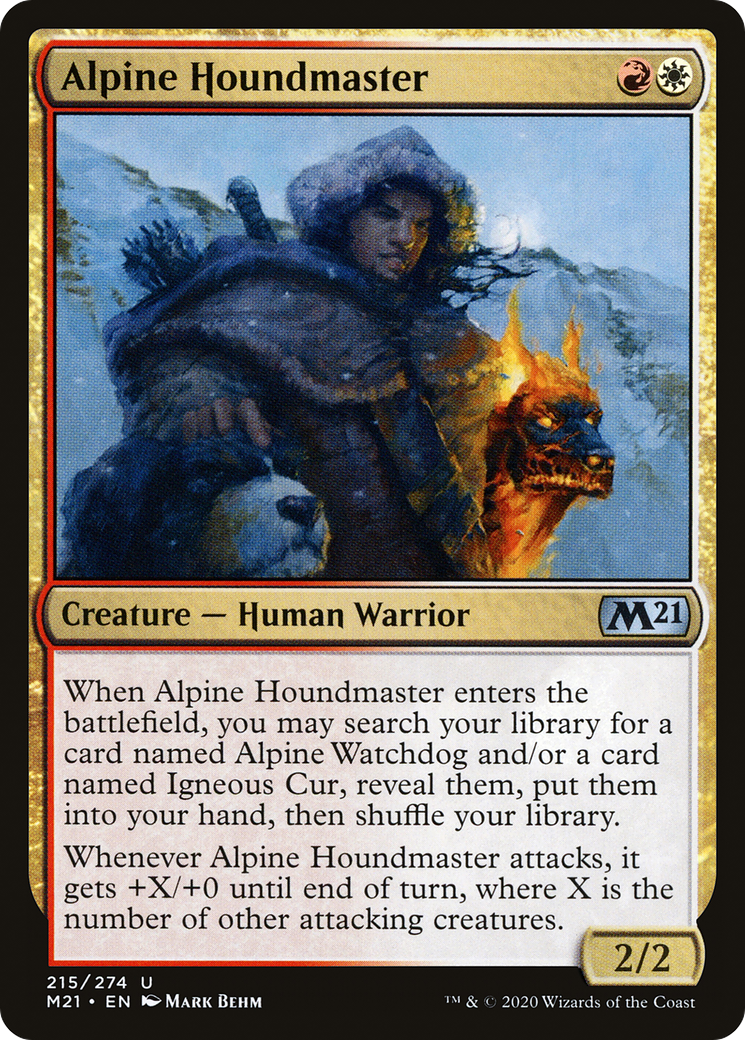
- Alpine Houndmaster Card -
This is a card with an astounding 8 lines of rule text, and two distinctively different effects, this is a massive amount of information for a new player to remember without even considering the card’s actual tactical applications. Luckily, the magic designers have made this card much simpler to get your head around by turning it into a little bit of a story. This guy is a houndmaster, he likes dogs and so when you play him, he searches your deck for a dog to accompany him on his journeys, and he gets stronger whenever they attack together.
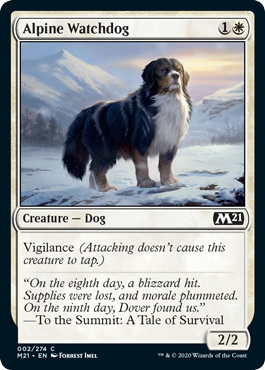
- Alpine Watchdog Card -
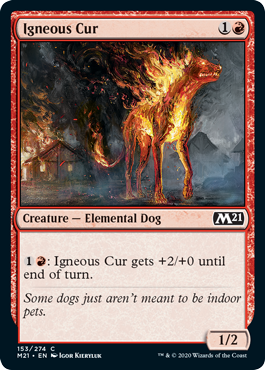
- Igneous Cur Card -
The two specific cards he searches for are even pictured in the card art. Rather having to remember a bunch of complicated rules, all new players have to do is be on the lookout for those two specific dogs in their draft packs, as well as dogs in general, because they all contribute to aggressive play-styles where you attack with a bunch a creatures at once — that’s an entire strategy right there, informed by a single card. Offering players a mental shorthand for cards through their mechanical or thematic design, massively reduces the amount of brainpower players need to devote to remembering what cards they have and what they do, and frees up mental resources for the actual fun bit of the game, combining different cards together to create cool effects, in other words, synergies.
Deck builders need to have a strong mechanic that goes against the rich getting richer. Deck builders have a tendency for the leader to run away with the game. Two games that manage to do a good job at it are Dominion, with the victory point cards, and Valley of the Kings, where you often have to bury the most useful cards you have.

- Dominion Deck Builder Game -
In Valley of the Kings, the decision between keeping a card in your deck (to use it) or “entombing” it (removing it from your deck for points) is one of the most interesting decisions in deck building. These aspects allow for a more balanced game-play and encourage players to remain a part of the community, extending the lifespan of the game. In most other games the rich get richer and whoever gets a marginal bonus at the beginning has a straight and clear path to victory which tends to chase away newcomers and players who don’t have the same amount of time or resources to dedicate to playing the actual game.
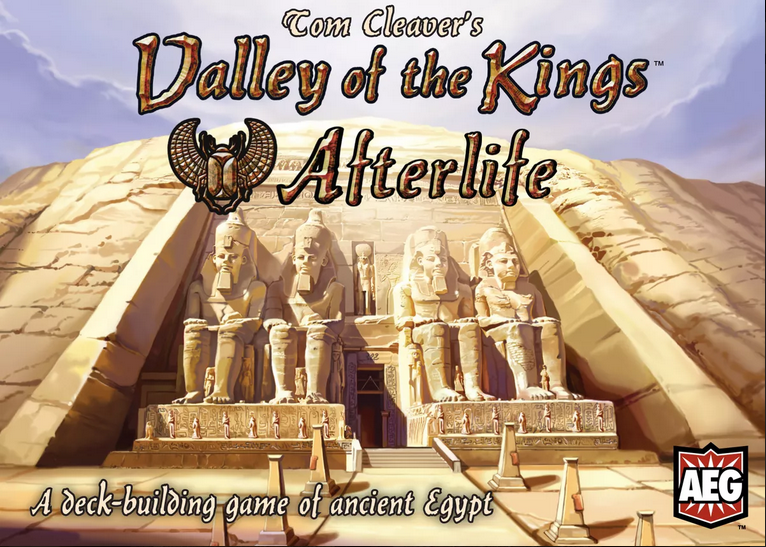
- Valley of Kings Deck Builder Game -
With technological advancements that brought us blockchain technology and now NFTs, combined with these criteria discussed earlier, the CCG/TCG genre is looking set to reach new heights. Projects like Onixcoin, The Blockchain for NFT Gaming designed the platform necessary for any developer to integrate their game(s) onto the blockchain, allowing for wider reach of players and a decentralized platform for gaming at any time, anywhere, low cost and in a secure environment. Blockchain technology also allows for a greater player-developer relationship providing new avenues to continue to develop the game by forming new collaborations not previously possible until the blockchain. Players can suggest changes to the rules, cards and user experience by making changes to the smart contract implemented for the game. Now games are capable of continuously evolving with the demands of the players.

- Onixcoin — The Crypto for NFT Gaming -
Cross-chain interoperability is another major factor in bringing new aspects to the genre by being able to take your NFT card(s) onto another chains to be used in other games. The technology is now available for developers to bring their creativity to the forefront a deliver some interesting new ways to play CCGs/TCGs.
Written by: Trey Trillionaire

